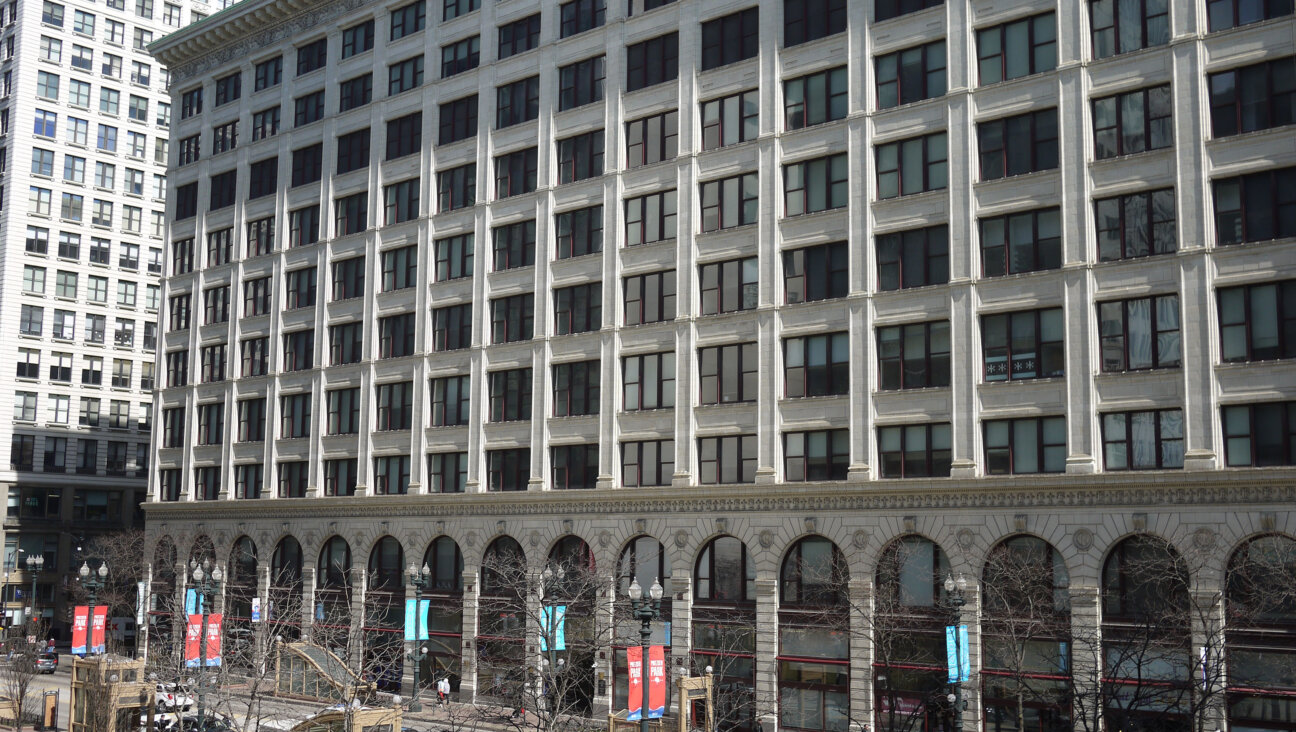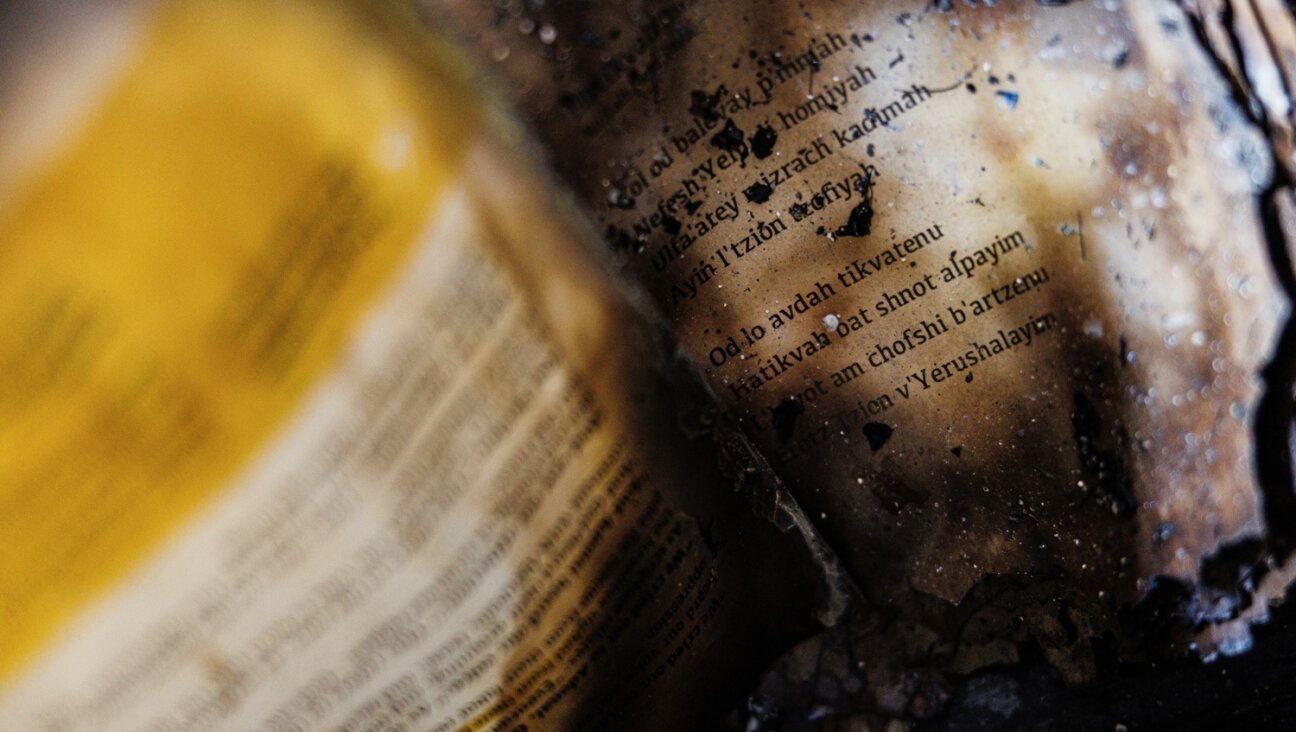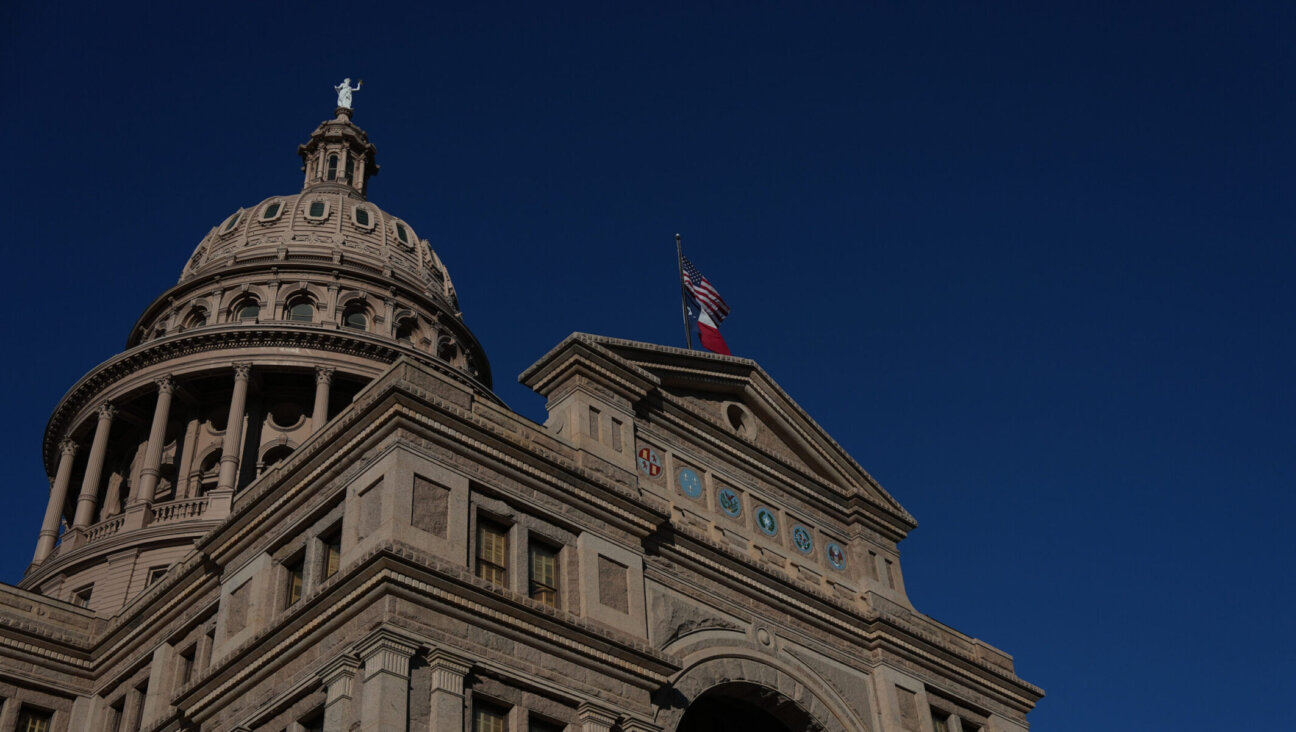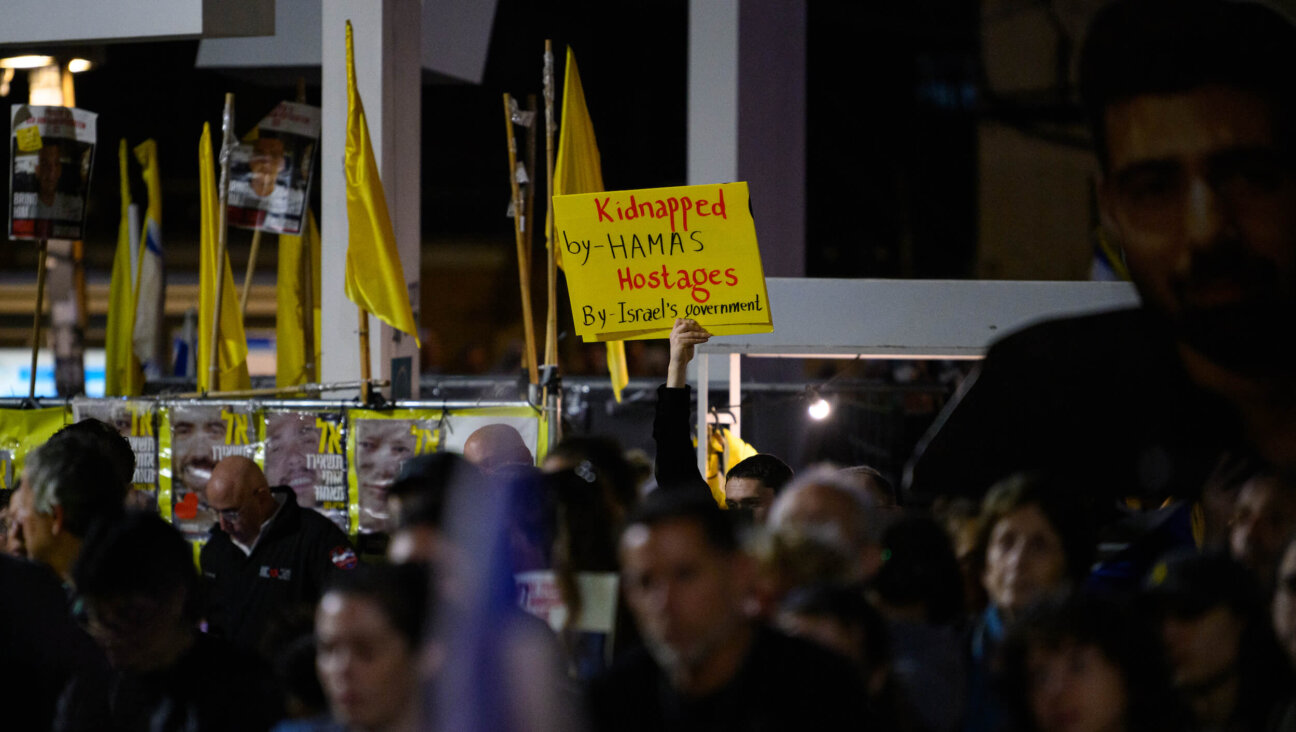Old Friends, Shattered Dreams
One day back in the late 1980s, during another interminable cocktail party in another New York Jewish office suite, I had the good fortune to find myself in a quiet corner with Malcolm Hoenlein, then recently installed as executive director of the Conference of Presidents of Major American Jewish Organizations. It turned into one of those easy chats that switches effortlessly from reporter-and-source to sparring partners to old friends and back, like an afternoon on a porch swing. I commented on how far he had come, not yet 40, to be the nominal voice of American Jewry, for whatever it was worth. Then I was struck by what seemed like an important moment of transition: Here he was, a young Orthodox Jew, onetime Soviet Jewry militant, succeeding the late Yehuda Hellman, an aging, European-born Labor Zionist. And wasn’t it striking, I thought aloud, that he would be the one convening a community in which many if not most of the pivotal institutions were still led by Labor Zionists like Hellman? Recently I had done a head count, on a bet with another friend, and found that 12 of the 48 organizations then members of the Presidents Conference had staff directors who were Labor Zionists, despite the movement’s tiny size.
Not so odd, Hoenlein replied with a grin. Don’t forget that Israel has changed. Labor has been out of power now for a decade. America will change, too.
It wasn’t a new thought, but it hit me emotionally. Having grown up in a Labor Zionist family in New York, marched in the parades, joined and then left a kibbutz, I had been raised to think of our type as the natural leaders of the Jewish people, Ben-Gurion’s lieutenants. Those of us who didn’t stay on a kibbutz ended up, more often than not, as union organizers, federation schnorrers or Conservative rabbis. Our guys were in the first groups of radicals that went to Spain in the 1930s and to Alabama in the 1950s, and we were the first kids recruited by the secret Prime Minister’s Liaison Bureau to slip into the Soviet Union with Haggadahs and organizing leaflets in the 1960s.
But, I thought aloud, maybe it was more than that. I had been taught that we Labor Zionists were a glue that held the community together, the one group that was liberal enough to march with the leftists and communists, yet Jewish enough to talk to the Orthodox and even have them over for dinner, umbilically linked to Jerusalem yet always ready to argue when we needed to (and even when we didn’t).
Just the point, Hoenlein said, thinking, as always, four steps ahead. Now it’s my type, he said, the Modern Orthodox, that’s becoming the glue, the ones who can talk to everyone from the black hats to the Reform — allied in Jerusalem to the Likud, yet still bound by history and sentiment to Labor. And, he added, our guys are the ones leading the modern version of your pioneering kibbutz tradition, the West Bank settler movement. You watch, he said. In 10 years, you’ll be seeing a lot of knitted yarmulkes like mine sitting in those pivotal chairs where you guys were.
I thought of that chat repeatedly this week as I drank my morning coffee in New York and read the daily papers from Israel. They were filled, page after anguished page, with reportage on the growing threat of confrontation between the settlers and the army over Prime Minister Sharon’s Gaza-West Bank disengagement plan. The head of the Judea-Samaria-Gaza Settlers’ Council, Pinchas Wallerstein, publicly called for the first time this week for settlers to resist evacuation with their bodies, to engage in civil disobedience and be dragged to jail, like Gandhi and King. Groups of Gaza settlers began handing out orange stars to sew on their shirts, to make it clear who was who in the looming confrontation. Perhaps most shocking, West Bank settlers reportedly began sabotaging army vehicles.
And, of course, the endless pages of commentary. The right thundering against Sharon’s deceptions and the mortal threat of a new terrorist state. The left railing against the arrogance of the settler fanatics and the threat of civil war. But the dominant theme, running through and rising above all else, was sadness. Most Israelis, thinking with their heads, disagree with the settlers, even violently, and hope for their defeat, but none with a Jewish heart could fail to sympathize with their agony. The settlers were on fire because they now knew they were about to lose their life’s work. No, more than a life’s work: a fundamental belief system — belief in a sacred land reunited and an ancient kingdom restored — crumbling before their eyes. Ami Ayalon, the former spy chief who recently joined the Labor Party, said the other week that nobody could lead Israel out of the territories and restore ties with the Palestinians who was incapable of weeping for the pain that this would cause. Israel’s withdrawal from the territories, the amputation that will save Israel’s life, means the collapse of the settlers’ vision of the world as it could and should be.
And I thought, yes, I know exactly what that feels like. It’s awful.
The Forward is free to read, but it isn’t free to produce

I hope you appreciated this article. Before you go, I’d like to ask you to please support the Forward.
Now more than ever, American Jews need independent news they can trust, with reporting driven by truth, not ideology. We serve you, not any ideological agenda.
At a time when other newsrooms are closing or cutting back, the Forward has removed its paywall and invested additional resources to report on the ground from Israel and around the U.S. on the impact of the war, rising antisemitism and polarized discourse.
This is a great time to support independent Jewish journalism you rely on. Make a Passover gift today!
— Rachel Fishman Feddersen, Publisher and CEO
Most Popular
- 1

News Student protesters being deported are not ‘martyrs and heroes,’ says former antisemitism envoy
- 2

News Who is Alan Garber, the Jewish Harvard president who stood up to Trump over antisemitism?
- 3

Fast Forward Suspected arsonist intended to beat Gov. Josh Shapiro with a sledgehammer, investigators say
- 4

Opinion My Jewish moms group ousted me because I work for J Street. Is this what communal life has come to?
In Case You Missed It
-

Fast Forward Chicago man charged with hate crime for attack of two Jewish DePaul students
-

Fast Forward In the ashes of the governor’s mansion, clues to a mystery about Josh Shapiro’s Passover Seder
-

Fast Forward Itamar Ben-Gvir is coming to America, with stops at Yale and in New York City already set
-

Fast Forward Texas Jews split as lawmakers sign off on $1B private school voucher program
-
Shop the Forward Store
100% of profits support our journalism
Republish This Story
Please read before republishing
We’re happy to make this story available to republish for free, unless it originated with JTA, Haaretz or another publication (as indicated on the article) and as long as you follow our guidelines.
You must comply with the following:
- Credit the Forward
- Retain our pixel
- Preserve our canonical link in Google search
- Add a noindex tag in Google search
See our full guidelines for more information, and this guide for detail about canonical URLs.
To republish, copy the HTML by clicking on the yellow button to the right; it includes our tracking pixel, all paragraph styles and hyperlinks, the author byline and credit to the Forward. It does not include images; to avoid copyright violations, you must add them manually, following our guidelines. Please email us at [email protected], subject line “republish,” with any questions or to let us know what stories you’re picking up.














